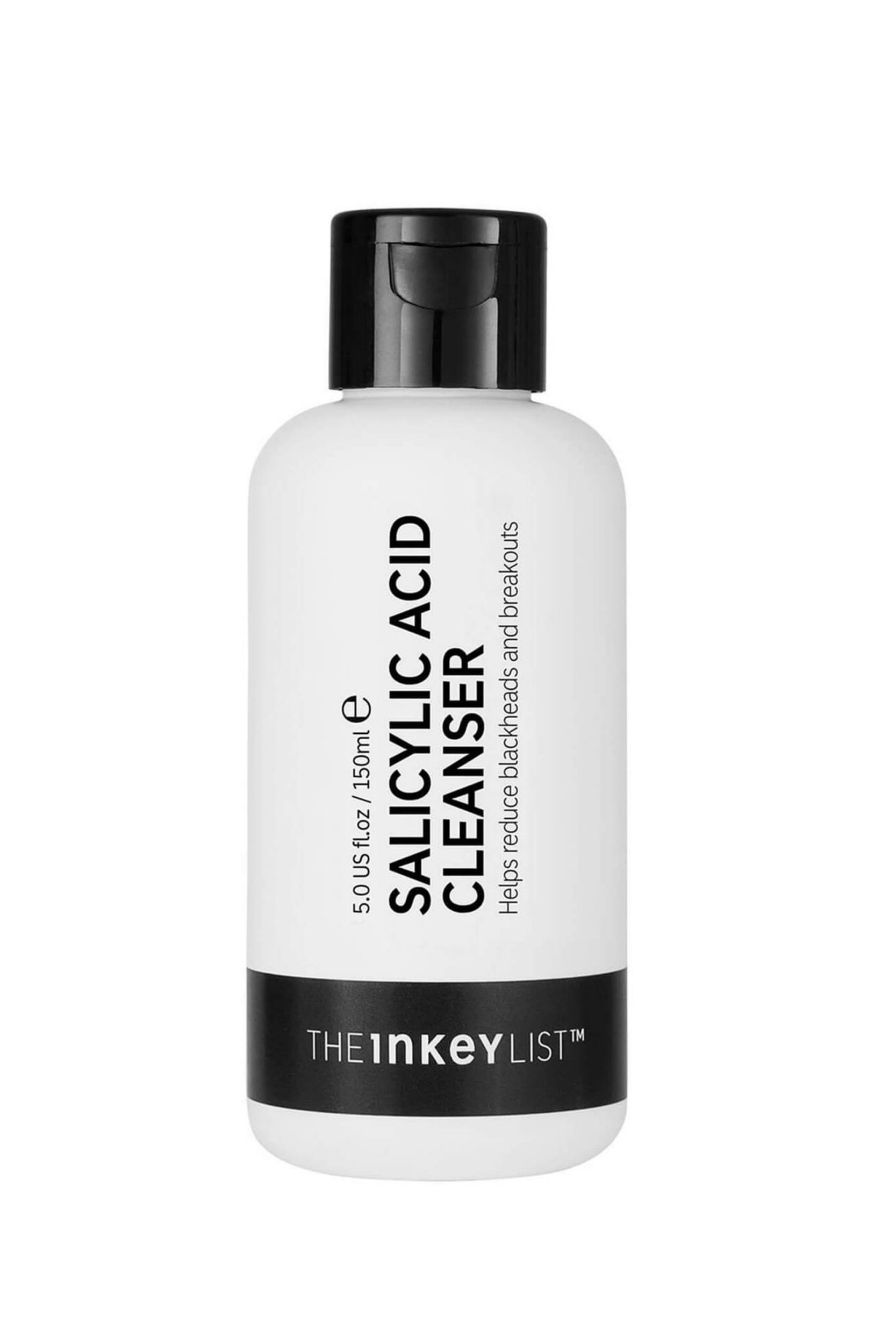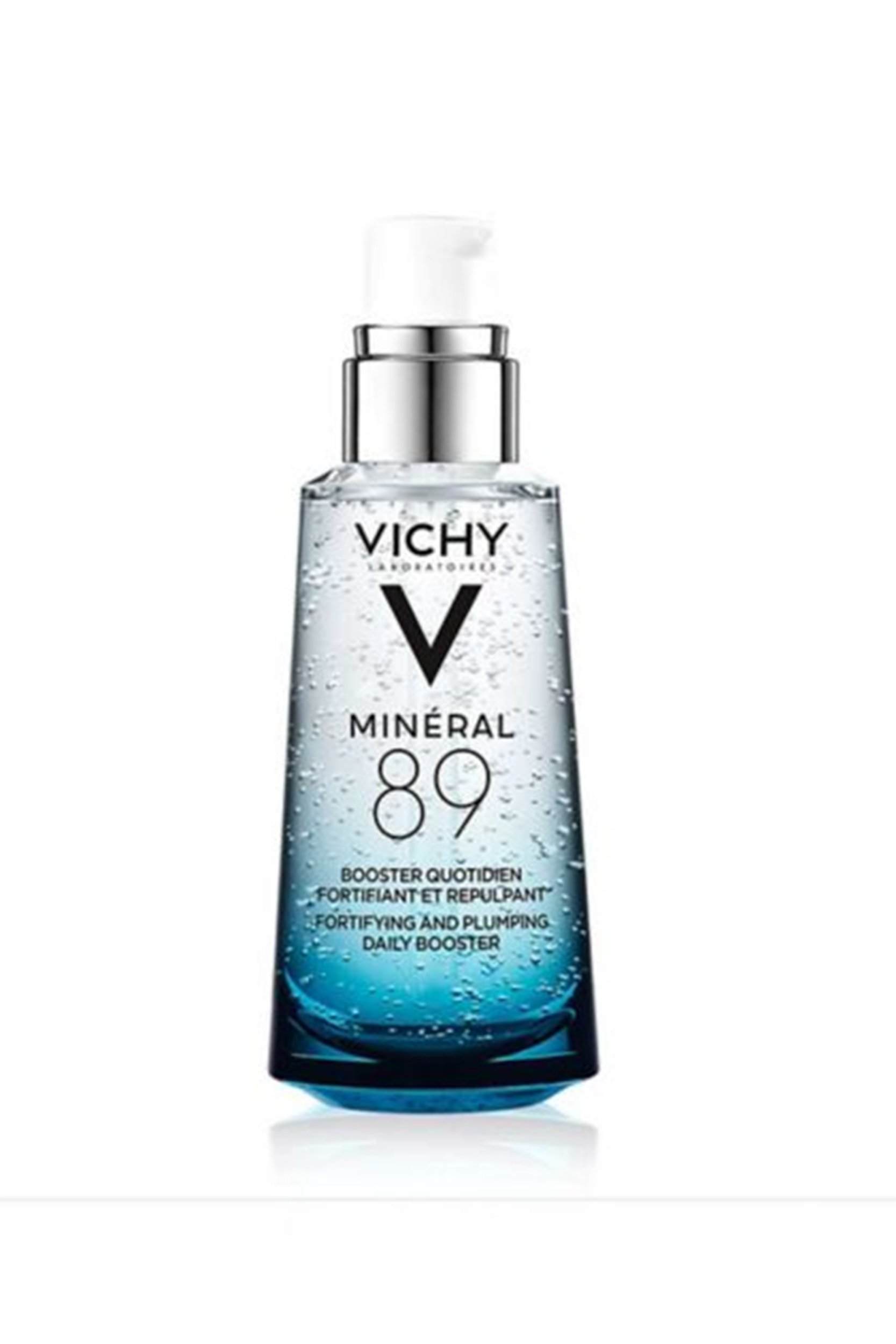One in ten women have polycystic ovarian syndrome (PCOS), with many not even realising. Here’s your full guide to determining if you have PCOS and the best ways to manage the symptoms, particularly when it concerns your skin.
What is PCOS?
PCOS is a hormonal disorder that occurs among women who are of reproductive age. It is due to an overproduction of male hormones and high insulin levels, which leads to a series of symptoms that can have significant impact on your day-to-day life.
What are the main symptoms of PCOS?
The main symptoms include:
- Acne and oily skin
- Abnormal facial and body hair
- Hair loss on the scalp
- Irregular menstrual periods
- Stretch marks
- Dark patches under the arms (acanthosis nigricans)
- Weight gain
- Anxiety and depression
- Infertility
How can you manage the symptoms of PCOS?
Whilst there’s no cure for PCOS, there are tons of things you can do to treat each of the symptoms one by one.
Acne and oily skin
Excess male hormones increase the secretion of sebum (oil) in the skin. This excess oil traps dirt, dead skin cells and bacteria and leads to significant amounts of inflammation, which causes acne.
Inflammatory acne can cause hyperpigmentation and even scarring. To manage acne and oily skin, you need a great skincare routine.
The best skincare routine, IMO, has five steps:
A salicylic acid cleanser during the day to help remove excess oil
A water-based hydrator like hyaluronic acid
Benzoyl peroxide during the day
Retinol at night
A light moisturiser and a non-greasy SPF
If your acne is leaving behind hyperpigmentation and scarring, it may be beneficial to use prescription strength anti-acne ingredients or consider using the oral contraceptive pill, which can help regulate the hormones. This is something you should discuss with your GP.
Adapalene Topical retinoids have been used to treat acne for almost four decades now, and are recommended as a first-line treatment option either on their own or in combination with other treatments for mild acne.
Unwanted hair
As mentioned, another symptom of PCOS is unwanted hair growth around the chin, arms, legs and belly. The best way to manage this (if you choose to) is with Eflornithine cream (prescription only), which works by blocking an important enzyme for hair growth.
Alternatively, you can try laser hair removal. Laser hair removal uses a beam of energy to heat up and destroy the hair follicle. Whilst the hair will eventually grow back, the ability of the laser to destroy the entire follicle makes it a far more long-lasting method of hair removal than the above methods. It requires multiple treatments in order to ‘catch’ each hair whilst they’re in ‘active’ phases of hair growth, but the cosmetic result is well worth the extra time and money.
Hair loss on the scalp
Excess male hormones can also lead to male pattern baldness and hair loss on the scalp. Your GP can do a simple blood test to ensure you’re not deficient in other vitamins and minerals, and you can also use 5% Minoxidil Foam on the areas where you’re experiencing hair loss.
Try to also avoid tight hairstyles, which can cause traction alopecia, and consider platelet rich plasma injections as an alternative treatment.
Infertility
Those who suffer from PCOS can also see their ovulation affected, which can impact the ability to conceive. This can be seriously distressing, but there are lots of things that can aid fertility.
Speak to your doctor to know your options and what would work best for you, which can include losing weight to help regulate the hormones that drive PCOS, or going on certain medications that can be prescribed, such as Clomiphene.
Remember, there is a lot you can do about each symptom of PCOS with the right knowledge and support from your GP. If you want to learn more, you can watch my video on PCOS symptoms here.
















